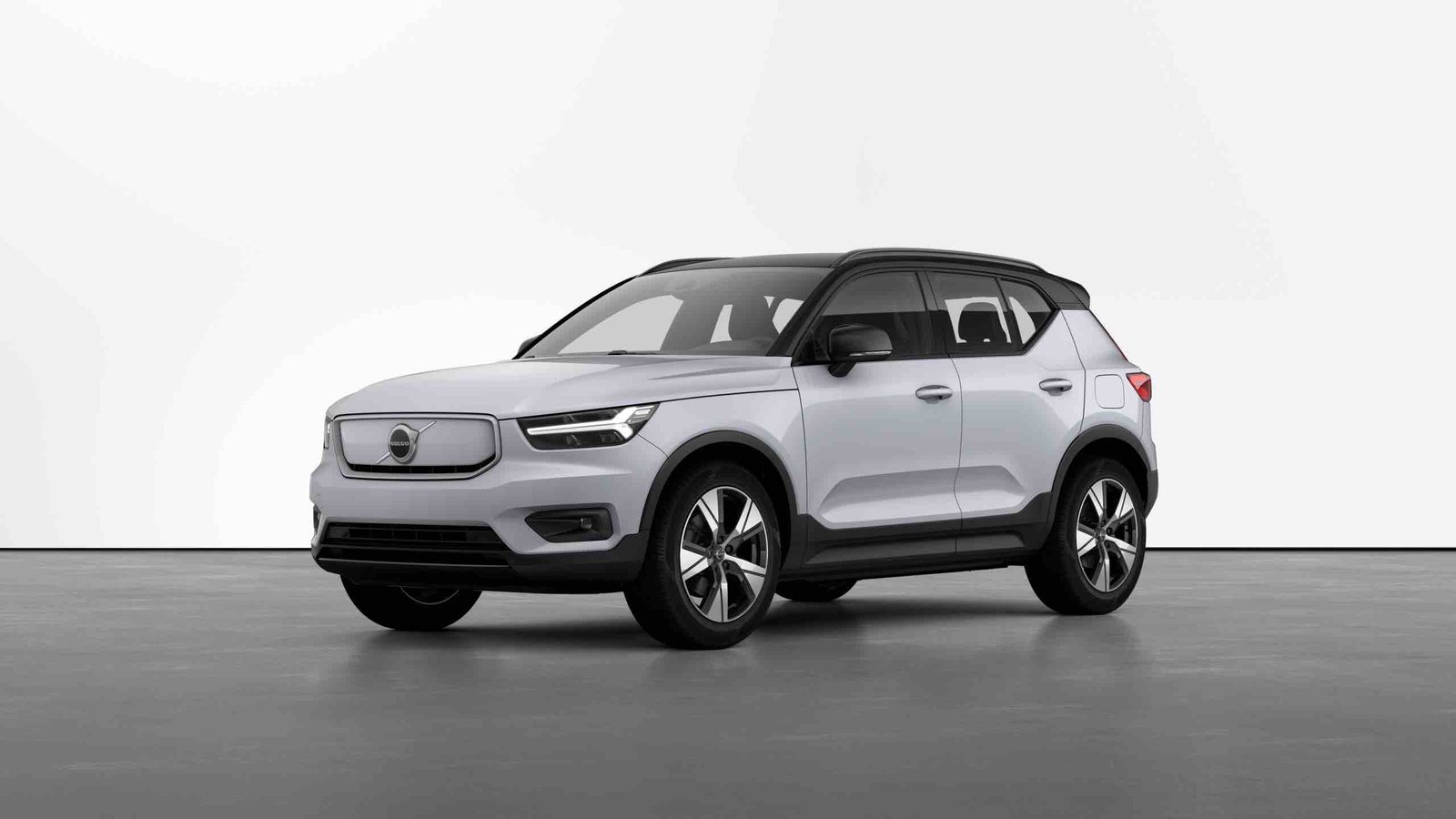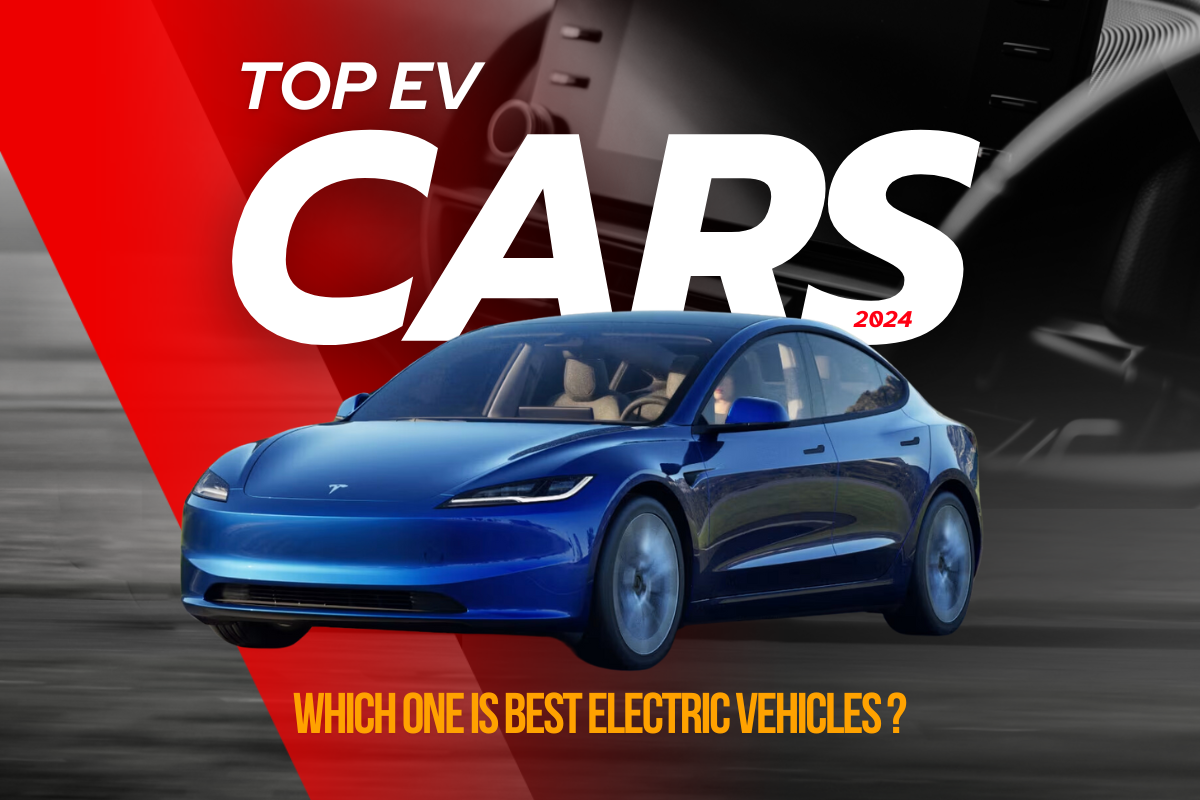After years of waiting, a bevy of new battery-electric vehicles is about to go on sale here in the US. The Mustang Mach-E is ready by Ford. Volkswagen is putting the finishing touches on the ID.4. Volvo started manufacturing the XC40 Recharge in Ghent, Belgium, last month. It’s an all-electric version of its popular XC40 crossover, which shares with Polestar 2 its powertrain technology and Android Automotive operating system.
US deliveries remain a few weeks away, so we will have to wait a little longer for a proper first drive, where we spend a day with a new car as we did with the Polestar 2 this summer. But earlier this week, I got a chance to spend some time with a pre-production example Volvo made available to those of us who serve as World Car Awards jurors. There was no PR minder on the roads of Manassas in Virginia, just a request that after an hour it should be brought back.
The XC40 Recharge looks like any other Volvo XC40 from the outside — the easiest gift you’re looking at an all-electric version is the blanked-off front that does better things for your drag coefficient than an open grid. There are a few more clues from the driver’s seat. The main instrument display of 12.3 inches has a different theme to other Volvos, including an attractive new full-screen map mode. The infotainment screen has grown from 9 inches to 11.2 inches in the center stack, and while the tile-based UI looks pretty similar to Volvos running Sensus, it’s running Android Automotive. Google’s voice recognition means that the majority of questions you ask are understood and the navigation app powered by Google Maps is intelligent enough to know your battery charger state so that you can recharge if needed.

No start button is provided – you simply put it in R or D and drop off, as is the case with the Tesla Model 3 or Volkswagen ID.4. Any doubts regarding the powertrain of the XC40 charging are removed immediately when you do so. The battery pack provides both of them with enough juice, to supply them with all 300kW (402hp) at once. Each pin is driven by the same 150kW (201hp), 330Nm (243 lb-ft) Permanent magnet AC motor-generator unit.
It’s actually the 660Nm (486lb-ft) of torque that you really notice, largely because of the immediacy with which it comes. This actually feels like the fastest Volvo I’ve driven, though it’s a few hundred pounds heavier than Sweden’s similarly powerful plug-in hybrids like the S60 T8 Polestar Engineered or the XC60 T8. It will do 0-60 mph in 4.7 seconds for the bench racers out there, a few tenths are slower than the closely related Polestar 2 but more than a second and a half faster than gasoline XC40.
The weight of the xc40 Recharge is about 1,000lbs (1,000lbs) higher than the internal combustion version, which can be blamed on the pack. It is a 78kWh pack, of which 75kWh can be used, constructed in-house using LG Chem pouch cells. The official estimate for the EPA range is still to be disclosed and Volvo only now says that this will be “200 + miles”; it has achieved a score between 249 and 260 miles under the European WLTP test scheme. However, given the preproduction nature of our test car and the little time we have had, I still don’t feel comfortable about the efficiency of the XC40 charge.
But I am more comfortable to describe the driving experience. No other drive modes are available, just choose a forward (D) or reverse (R). If I have my drivers I would like to be able to use them in the same way that you can increase regenerative blocking in Volvos hybrid power supply by going from D to B using a transmission selector. If you are driving a single pedal, it will require a few levels in the cars’ configuration.
It rides well despite its slightly lardy curb weight, and the suspension dampens the potholes I sought. The low gravity center also minimizes body roll through the corners, although the upright steering position reminds us that the XC40 recharge is fast but has not been designed in terms of lap times. But it should be excellent for the cuts in everyday life. After all, it takes all we loved about gasoline XC40, then adds supercar-levels of acceleration in the 1990s while also ease one’s awareness of climate change. $53,990 (before $7,500 IRS tax credit) isn’t cheap, but I think it’s really good value for this mix of Swedish style, crossover utility, and electrical performance.









